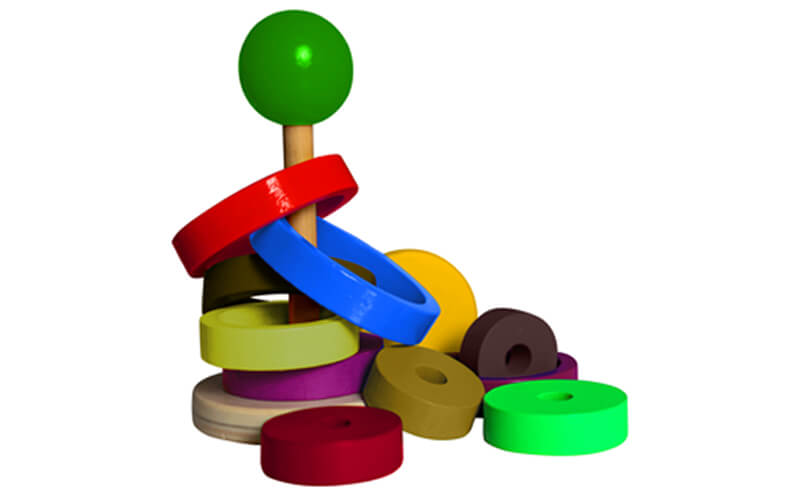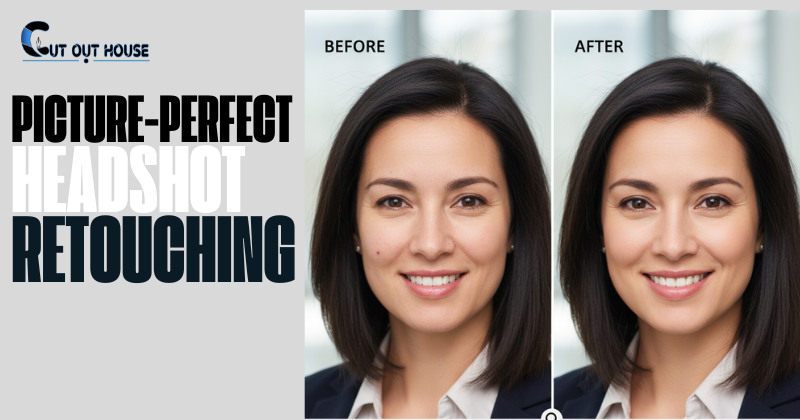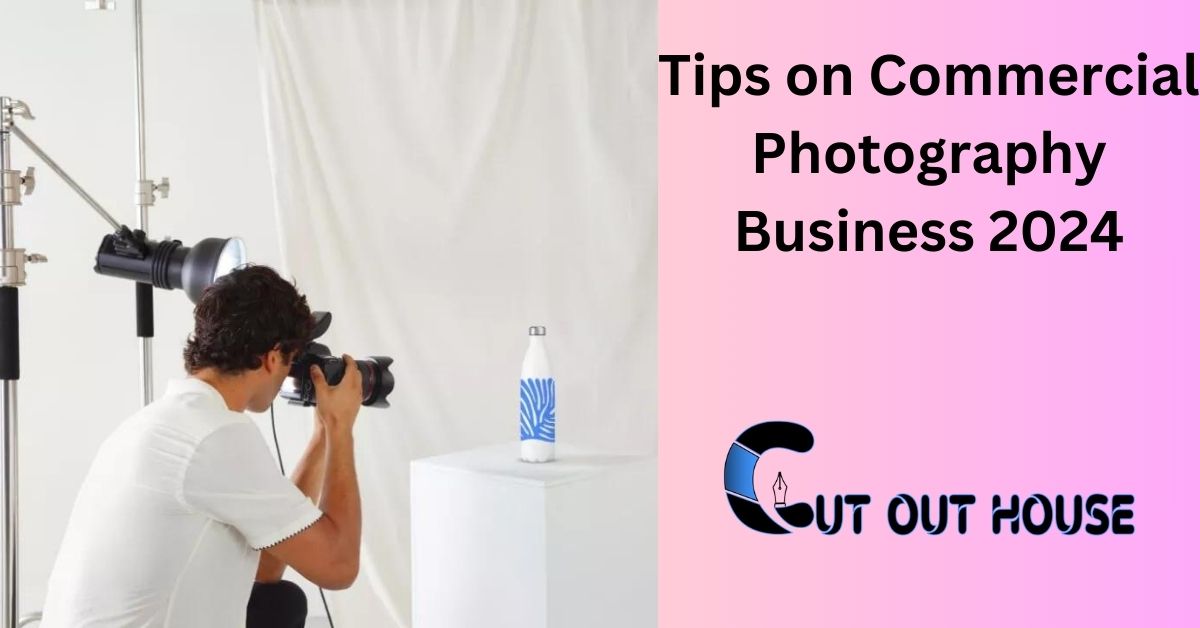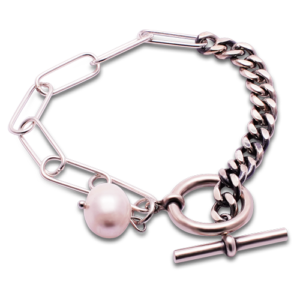Corporate Event Photography is pivotal in the world of business, serving as a hub for networking, knowledge sharing, and celebrating milestones. Capturing the essence of these gatherings falls on the capable shoulders of corporate event photographers. To thrive in this field, photographers must go beyond conventional techniques and delve into the intricacies of documenting corporate events. In this article, we will explore the art of corporate event photography and offer valuable tips for success.
Preparing for the Event
- Clear Communication: Establish open lines of communication with event organizers to grasp the event’s purpose, schedule, and expectations.
- Venue Reconnaissance: Visit the event location beforehand to familiarize yourself with the layout, lighting conditions, and potential shooting angles.
- Equipment Check: Ensure that your gear, including cameras, lenses, tripods, and lighting equipment, is in top-notch condition.
- Create a Shot List: Collaborate with event organizers to develop a shot list, ensuring that key moments are captured without fail
Understanding the Corporate Environment
- Dress Appropriately: Dress professionally to blend seamlessly with the corporate crowd, creating a comfortable atmosphere for attendees.
- Unobtrusive Approach: Maintain discretion while capturing candid moments, ensuring that you don’t disrupt the event’s natural flow.
- Emotion-Centric: Focus on capturing authentic emotions, whether it’s the passion of a speaker or the enthusiasm of an attendee.
- Networking Moments: Be on the lookout for opportunities to capture attendees networking and engaging in meaningful conversations.
Mastery of Lighting
- Natural Light Utilization: Whenever possible, leverage natural light sources like windows or outdoor settings to achieve a softer and more flattering effect.
- Flash Techniques: If artificial lighting is unavoidable, master the use of flashes and diffusers to eliminate harsh shadows and red-eye.
- Ambient Lighting: Adapt your camera settings to the venue’s existing lighting to maintain a well-balanced exposure.
Composition and Framing
- Rule of Thirds: Apply the rule of thirds to create well-balanced and visually appealing shots.
- Varied Angles: Experiment with different angles, including low shots, high angles, and close-ups, to infuse depth into your coverage.
- Group Dynamics: When capturing group photos, arrange for participants to showcase their unity while maintaining a natural and relaxed atmosphere.
Post-Processing
- Sorting and Selection: After the event, meticulously sift through your photos to eliminate duplicates and less compelling shots.
- Editing Enhancement: Employ photo editing software to enhance colors, contrast, and sharpness while preserving a natural appearance.
- Timely Delivery: Deliver the finalized photos to the client promptly, adhering to their preferred format and resolution.
Building a Professional Portfolio
- Showcase Your Best Work: Display your finest corporate event photography on your website and social media platforms.
- Seek Feedback: Encourage clients to provide feedback and testimonials to establish credibility with potential clients.
- Lifelong Learning: Stay abreast of the latest photography techniques and technological advancements to remain competitive.
Conclusion
Corporate event photography is a specialized domain that necessitates a distinct skill set. By mastering the arts of communication, preparation, and capturing the corporate ambiance, photographers can thrive in this gratifying niche. Keep in mind that each corporate event offers a chance to immortalize memories and document the achievements of businesses and individuals alike. With dedication and creativity, you can become a sought-after corporate event photographer in this dynamic industry.


























